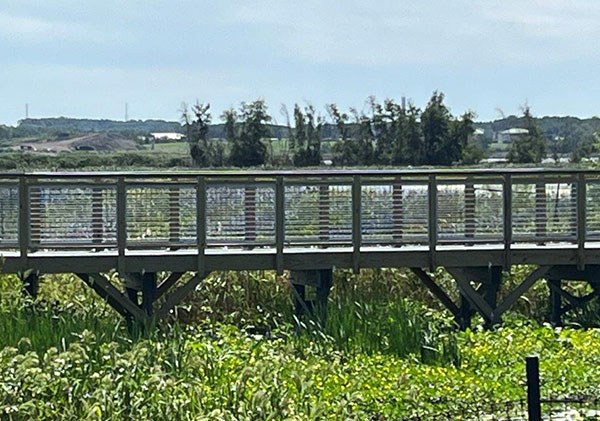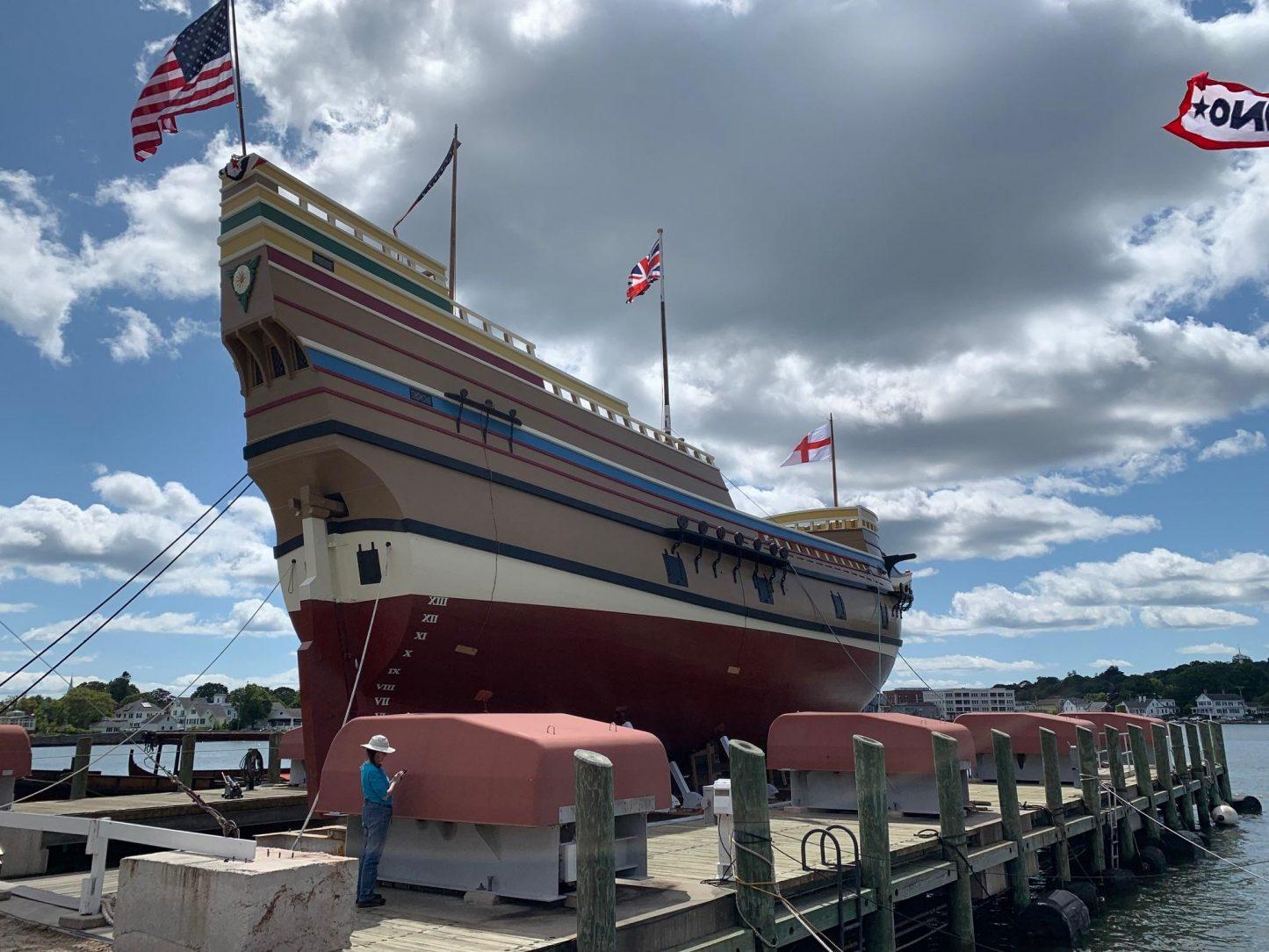Jordan River National Fish Hatchery has produced native fishes for stocking into the Great Lakes since 1965. Jordan River NFH supports native species rehabilitation through production and stocking of lake trout for the Great Lakes, with a long-term goal of establishing self-sustaining lake trout populations. The hatchery propagation program has developed into one of the planets largest char restoration initiatives. The hatchery produces more than 3 million of cisco, lake, rainbow and brook trout for restoration and recreational programs in the Great Lakes region annually.
The hatchery began construction of multiple recirculating aquaculture system (RAS) to meet temperature and other environmental requirements of multiple non-traditional aquatic species. To date, three large RAS systems have been installed at the project. With the addition of these systems, and other infrastructure modifications, the hatchery has become the largest coregonine (cisco, bloater, whitefish) production facility.
"The mission of the U.S. Fish and Wildlife Service is working with others to conserve, protect and enhance fish, wildlife, plants and their habitats for the continuing benefit of the American people. With completion of additional planned RAS additions, Jordan River NFH will be able to produce up to 4.0 million coregonines annually to meet restoration initiatives across the Great Lakes watershed.” - Roger Gordon, Hatchery Supervisor
The Hatchery presents a challenging environment that has high humidity in the summer months and freezing water conditions in the Michigan winter months. Traditional paint coatings did not have the durability required for extended life cycles. The operation cannot accommodate interruptions from frequent maintenance of the infrastructure. Hot-dip galvanizing provides the long term choice for Life Cycle and sustainability performance. US Fish and Wildlife Service needed the corrosion protection of hot-dip galvanizing for this environmentally sensitive project.








 SEE MORE
SEE MORE